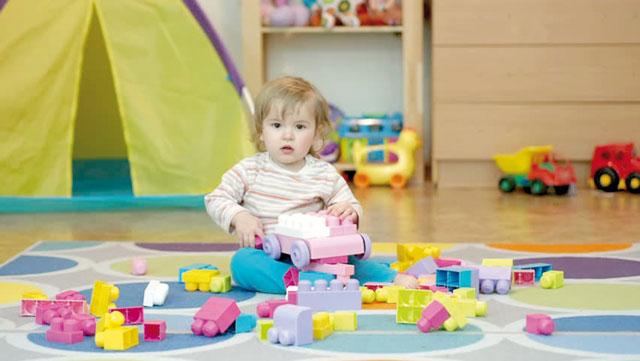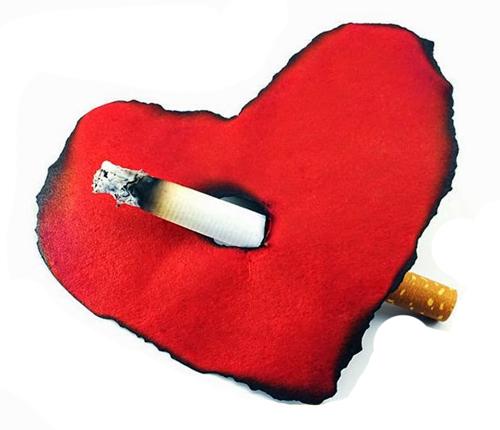You are here
Hand-me-down plastic toys may not be good for kids
By Reuters - Feb 10,2018 - Last updated at Feb 10,2018

Photo courtesy of wordpress.com
Children who play with second-hand plastic toys may be exposed to unsafe levels of chemicals like lead and cadmium that have been linked to developmental problems and organ damage, a UK study suggests.
For the study, researchers tested 200 second-hand plastic toys they found in homes, nurseries and charity shops. Toys included cars, trains, action figures, puzzles and blocks — all of which were small enough to be chewed by young children.
They discovered high concentrations of hazardous elements including antimony, barium, bromine, cadmium, chromium, lead and selenium in many building blocks, figures and items of jewellery that were typically either yellow, red or black.
Even at low levels, these chemicals can be toxic to children who are exposed to them over an extended period of time, especially when kids chew on toys.
“The findings confirm the presence of relatively large concentrations of chemicals which have since been restricted or banned, including the brightly coloured pigments cadmium sulphoselenide and lead chromate,” said Andrew Turner, an environmental health researcher at the University of Plymouth.
“The study also found evidence of large quantities of flame retardant residues in some neutrally coloured toys,” Turner said by e-mail. “These residues are likely derived from the recycling of electronic waste.”
To assess the amount of chemicals in the toys, researchers used what is known as X-ray fluorescence spectrometry, a process that scientists often use to determine what chemicals are in rocks, minerals, sediments and fluids.
Researchers also did additional tests designed to simulate stomach conditions by putting toys in a hydrochloric acid solution. Under these conditions, several toys released quantities of bromine, cadmium, or lead that exceeded limits permitted under toy safety regulations in Europe.
Young children are particularly susceptible to the health impacts of these chemicals because they have faster metabolisms than adults, and more rapid growth of organs and tissues.
While regulations in Europe and elsewhere have banned or limited use of many chemicals in toys, children may still be exposed by playing with something passed down through the generations or picked up at a yard sale or second-hand shop, researchers note in Environmental Science and Technology.
Parents may not be able to tell toys are dangerous just by looking at them, the study found.
For example, red and yellow Lego bricks from the 1970s looked similar to Legos from the 1990s, but the older versions contained cadmium that was not present in the newer ones.
The study was not a controlled experiment designed to prove whether or how exposure to certain chemicals might lead to health problems. Researchers also did not systematically compare the chemical content of older versus newer toys.
Still, the findings suggest that parents should be cautious about plastic toys because they may contain harmful chemicals that may leech out easily when kids chew on them, said Dr Luz Claudio, an environmental health researcher at the Icahn School of Medicine at Mount Sinai in New York City.
“The stricter regulations that limit chemicals in toys do not apply retroactively to older toys,” Claudio, who was not involved in the study, said by e-mail.
As much as possible, parents can try to give kids alternatives to plastics, whether it is plush toys or books to play with or frozen fruit wrapped in cheesecloth to teethe on, Claudio advised.
“As a mother, I understand that our children live in a plastic world and are surrounded by potentially hazardous chemicals,” Claudio said. “I think that if parents become aware of the issues, they will come up with alternatives to protect their children.”
Related Articles
The increased risk of stroke that comes with smoking may extend to non-smokers who live in the same household and breathe in second-hand smo
Pregnant women who have been exposed to high levels of second-hand smoke have a higher rate of miscarriages, stillbirths and foetal deaths, a new study suggests.
An ingredient commonly used to kill bacteria in toothpaste and hand sanitiser could put people at greater risk of bone disease, new research


















